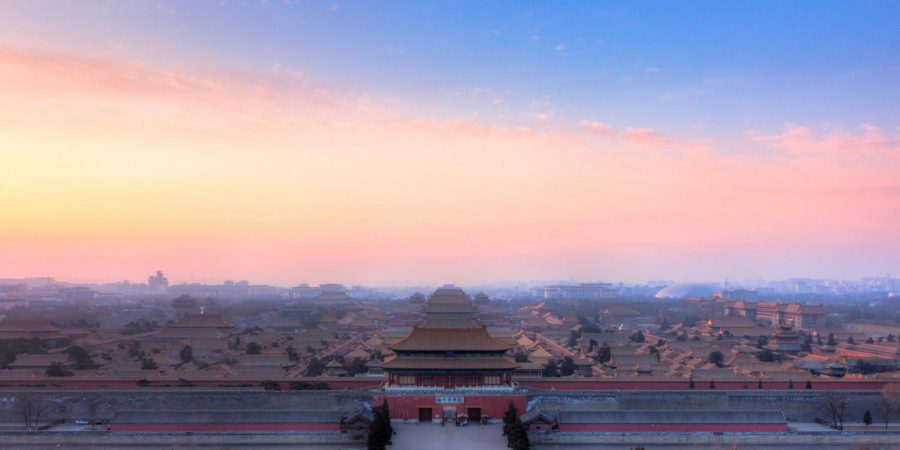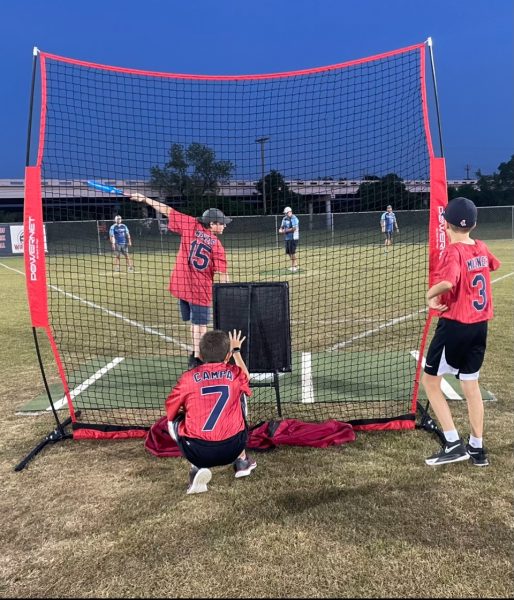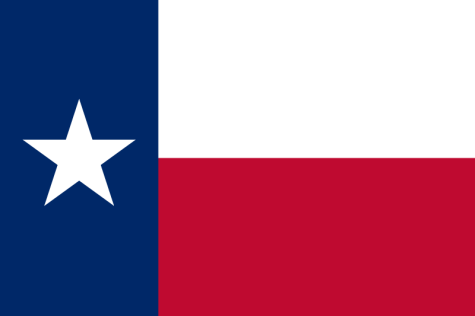The Forbidden City: Traveling and Facts
Find out what you should know if you’re planning to go to Beijing and learn a bit about how the Forbidden City came to be.
One of China’s main tourist attractions, a “city” for emperors, and not strictly forbidden, is the Forbidden City!
Have you seen pictures of the iconic red walls and gold roofs? Have you heard about ancient emperors and sacred temples? Do you dream of traveling to faraway places that possibly include China? This article will help.
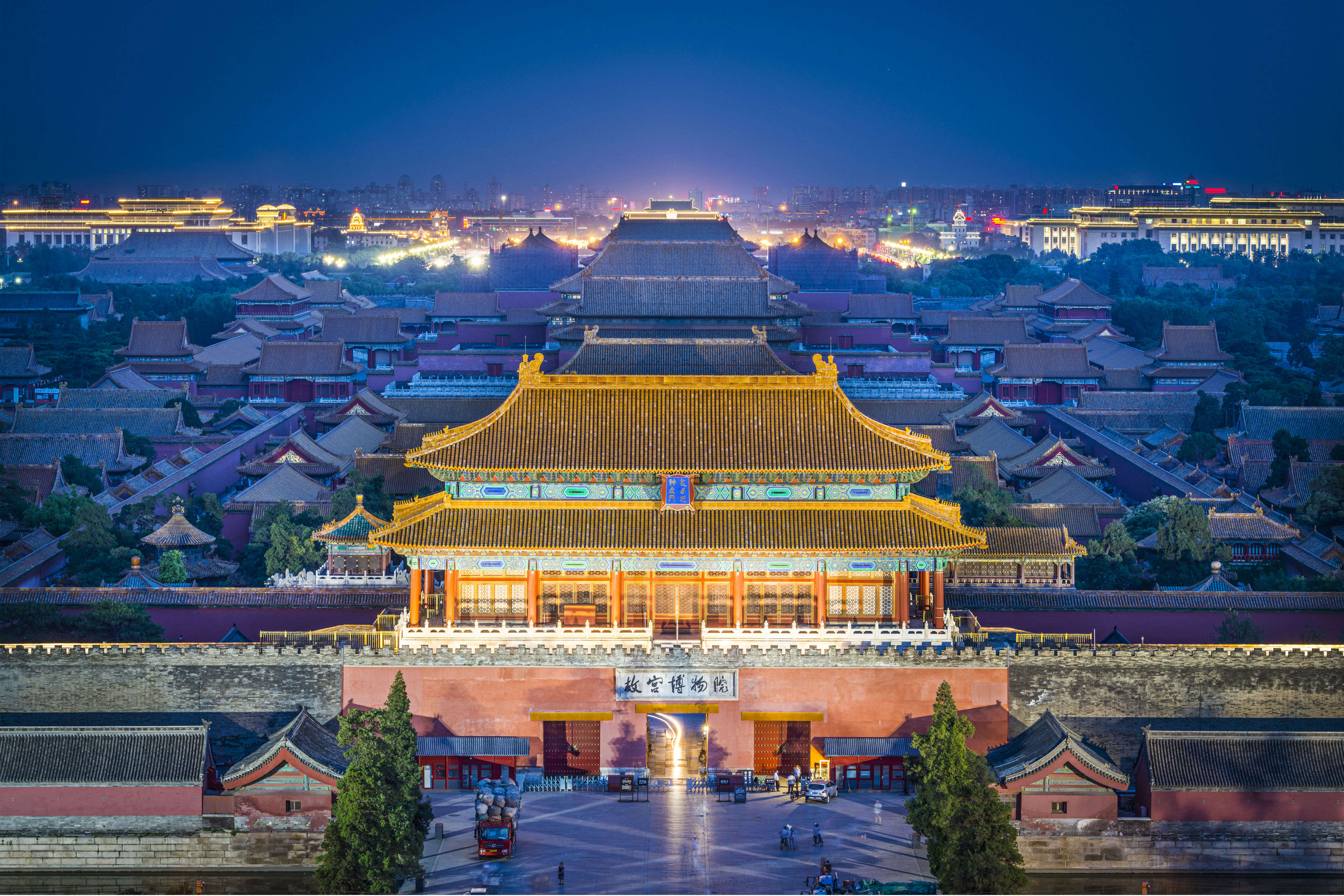
The Forbidden City
An Introduction:
The Forbidden City, also known as the Palace Museum, was the home of multiple emperors during the Ming and Qing dynasties. The city has now become a museum where you can walk around and experience the grandeur of a place built for kings. The city isn’t necessarily forbidden, but it was for peasants of ancient China. Now, most of the Forbidden City is open for the public to enjoy.
Construction:
The construction of the Forbidden City was initiated by the third emperor of the Ming dynasty in 1406. The Yongle Emperor decided to move the capital from Nanjing to Beijing, so of course, he wanted a new home that was even better than before. The construction process was finished in 1420, taking 14 years overall.
Layout:
The arrangement of the City adheres to feng shui, a Chinese geomantic formation. The Forbidden City, and actually all of Beijing, are built to be directly on a north-south line. The buildings face south to honor the Sun. Within the city, small details like the size, the roof, and the decorations can be used to distinguish the buildings and their importance.
Special Features:
And of course, here are some of the notable characteristics that make the Palace Museum so popular. A stunning palace that is known as a “city”, there are over 90 smaller palaces and courtyards, 980 buildings, and 8,700 rooms. The palace is surrounded by a 10-meter-high wall, which is about 3.4 km long. There is a 52-meter-wide moat around the compound, giving it even more of an imperial feel.
A Closer Look:
For Tourists:
The Forbidden City is very large, and it’s certainly large enough for an enthusiastic tourist to spend a LOT of time. Here are some unique parts of the Palace Museum and a more detailed description of the layout!
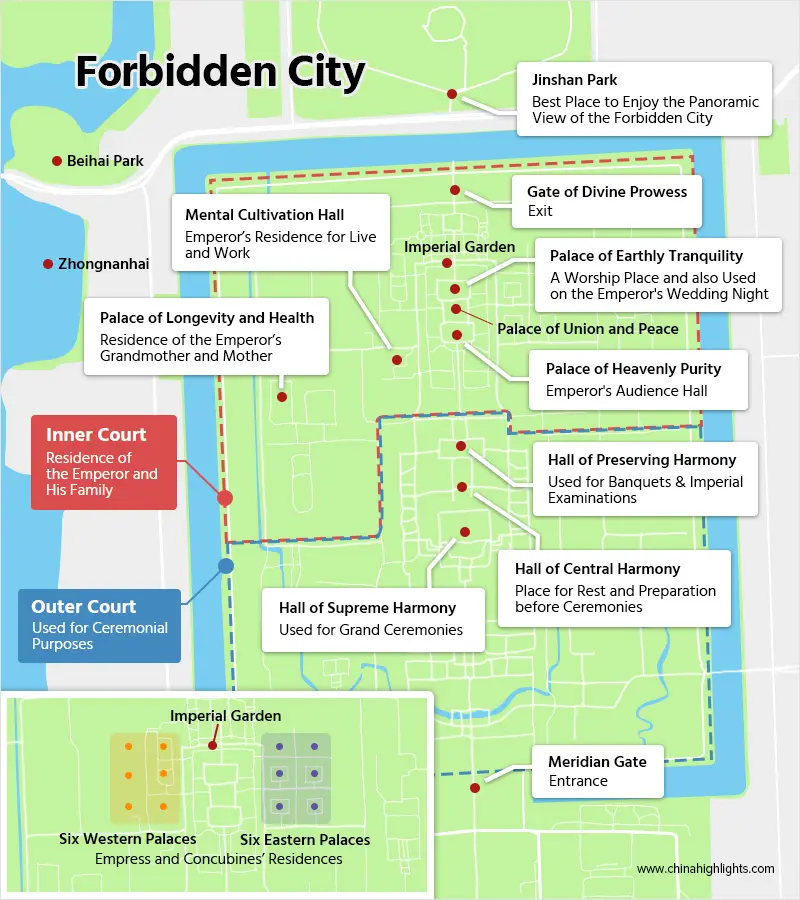
3 Parts:
The entire Forbidden City is divided into 3 parts; the defenses, the Outer Court, and the Inner Court. The defenses consist only of the moat and walls, while the Outer Court was used for ceremonial purposes and the Inner Court was the actual residence of the imperial families.
The Gates (Part 1):
The Wu (Meridian) Gate: The grand southern entrance to the Forbidden City. The gate is one of the tallest structures of the City, standing 125 feet (38 meters) tall including the roof. It was used as a backdrop for imperial appearances and events when the City was occupied by emperors. The gate has three openings, the middle was only used for the emperor, certainly making his entrance special. Now, it’s the entrance for visitors who need to go through the Gate of Heavenly Peace to reach the Meridian Gate.
The Gate of Divine Prowess: The north gate, the back gate to the City. A slightly less conspicuous entrance for royal members such as the empress and concubines to enter and exit the Palace. It’s still used as an exit, but for present-day tourists.
The East Prosperity Gate: The gate that’s to the east, used by important officials and the occasional prince. Cabinet officials and senior officials with high statuses were allowed to use it. Another main exit for tourists.
The West Prosperity Gate: The west gate faced what was once Xiyuan Garden, now called Zhongnanhai (the imperial garden adjacent to the City, now used for other purposes). Visitors of the garden (like the emperor and empress) used it, unfortunately now the gate is only available to staff.
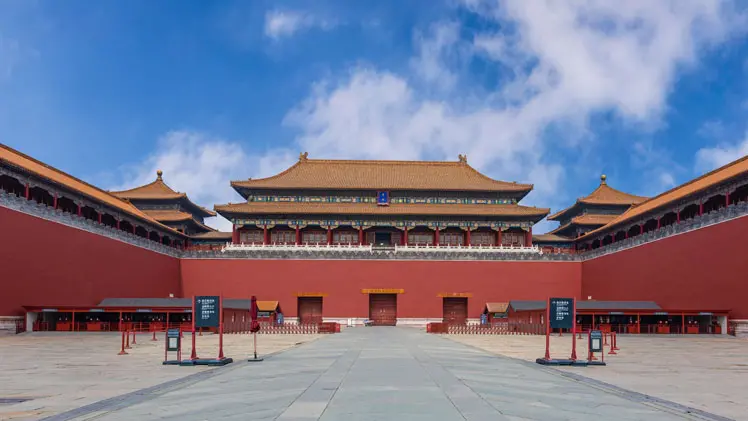
The Outer Court (Part 2):
As mentioned before, the outer court is usually used for ceremonial purposes. There are three main buildings:
The Hall of Supreme Harmony: The largest and arguably most important structure in the entire City. It’s like a throne room that has been turned into a complete building, containing the emperors’ Dragon Throne, though it’s been used for coronations and weddings as well.
The Hall of Central Harmony: Right behind the Hall of Supreme Harmony, though not to be overlooked. This is where the emperor rested before attending important events in the Hall of Supreme Harmony. This was a place to rehearse speeches and presentations, just like leaders do today.
The Hall of Preserving Harmony: A hall that wasn’t used for many ceremonial processes. Some banquets were held here, and later imperial examinations were also held here.
That’s not all, there are several small gardens and more halls to explore!
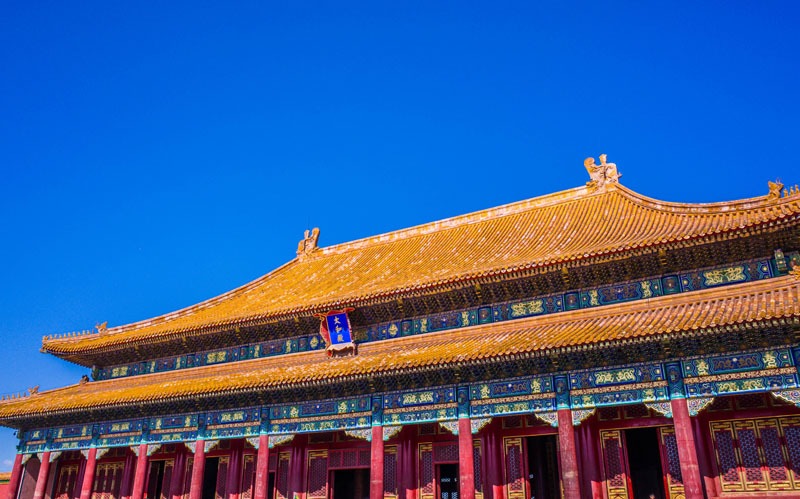
The Inner Court (Part 3):
The main gateway from the Outer Court to the Inner Court is the Gate of Heavenly Purity, straight past the Hall of Preserving Harmony. The (many) homes of the emperors, their empresses, and the many concubines that each had to have their own palace or hall are all placed here. The most important are:
The Palace of Heavenly Purity: The residence of the noble emperor himself, used until it was later converted to the emperor’s audience hall instead.
The Palace of Union and Peace: A storage for imperial seals. These seals are so important that they need a palace to themselves. They were the source of conflict and could influence many decisions and start wars.
The Hall of Terrestrial (Earthly) Tranquility: The resting place for the empress, and it became a worship place too. The emperor could spend nights here too.
The Hall of Imperial Peace: A place for the emperor to go to settle his thoughts. It was technically a Daoist temple, but it’s just as important as the other palaces and stands in the Inner Court as well.
The Mental Cultivation Hall: Sort of like the Hall of Imperial Peace, it was a place for the emperors to reside. 8 emperors have graced this hall with their presence.
Eastern and Western Palaces: There were 6 Eastern and 6 Western palaces that were opposite one another with the emperor and empress’s residences in between. Each palace had a courtyard, a main hall, and a side hall. High-ranking concubines managed the courtyard, while low-ranking concubines lived in the side rooms. They are now exhibition halls, displaying a nice amount of imperial treasures.
The Imperial Garden: Not a building at all, but a garden located behind the Palace of Earthly Tranquility (the empress’s residence). A place for the imperial family to visit and relax, with a colorful appearance that differs from the red and gold of the rest of the City.

The Forbidden City, Now:
A Tourist Attraction:
Though the Forbidden City is no longer the peaceful palace that was built for the multiple Chinese dynasties, most of its architecture and all of its majestic atmosphere are preserved for us to enjoy. Visiting the Forbidden City is a pleasing experience and you can learn a lot, something that I have experienced myself! Hopefully, the Forbidden City and its design and imperial palace and hall names will remain for people to enjoy!
Credit: Britannica and chinahighlights.com
Thank you for reading to the end! For more amazing articles, please visit canyonechoes.org and support the staff of Canyon Echoes News from Canyon Vista Middle School.

My name is Lily. I'm a seventh-grader at Canyon Vista Middle School. I'm in the Journaling News-Media Production class.
















